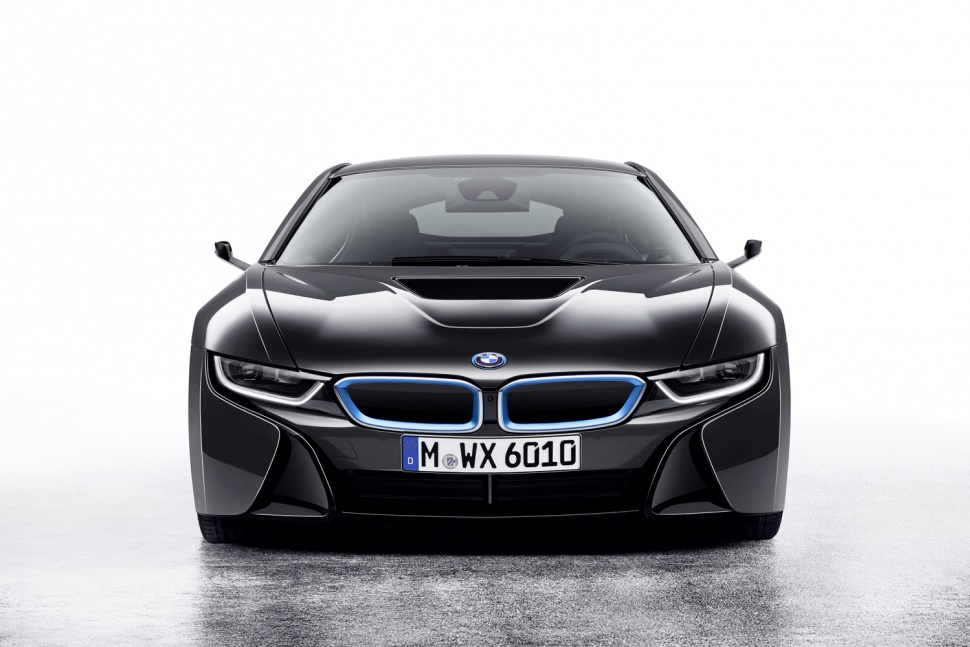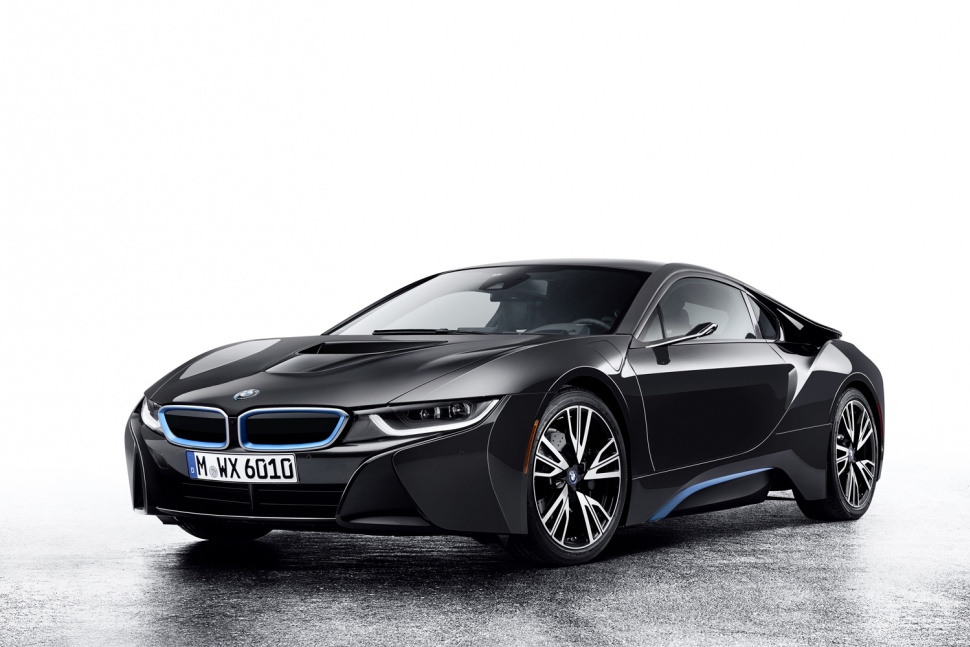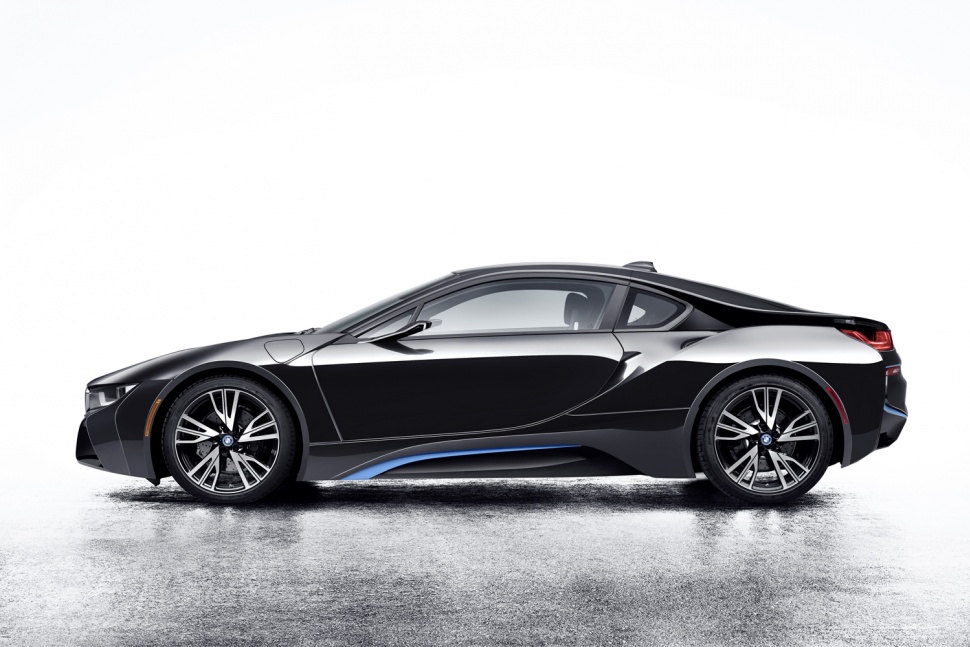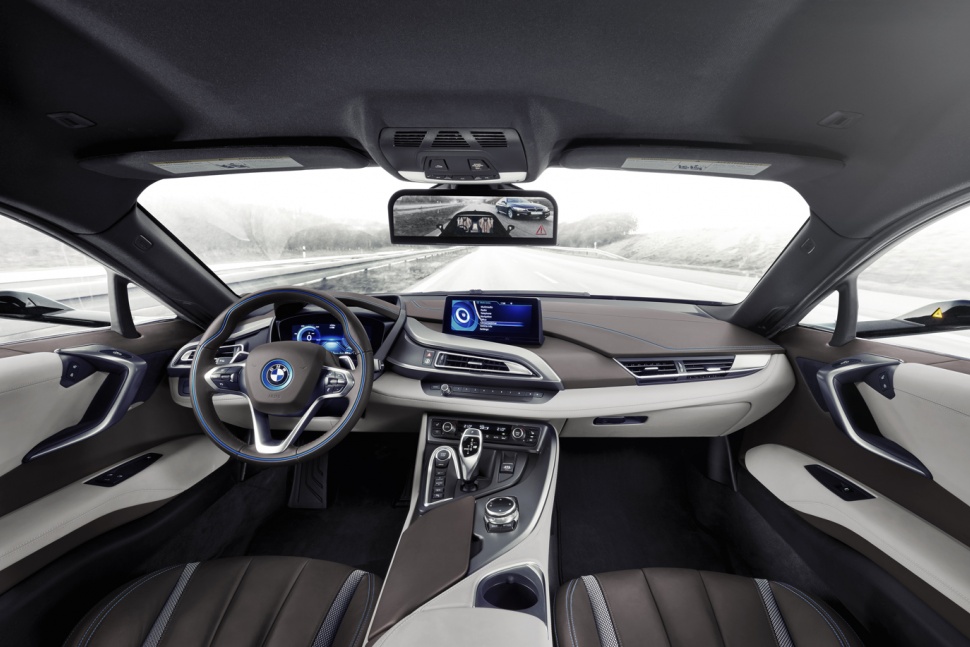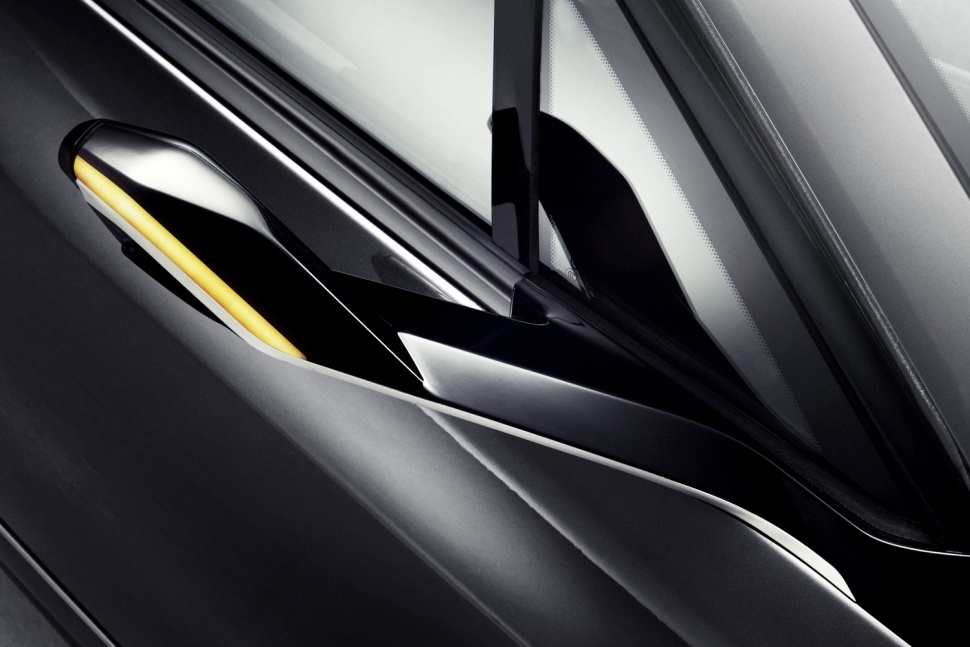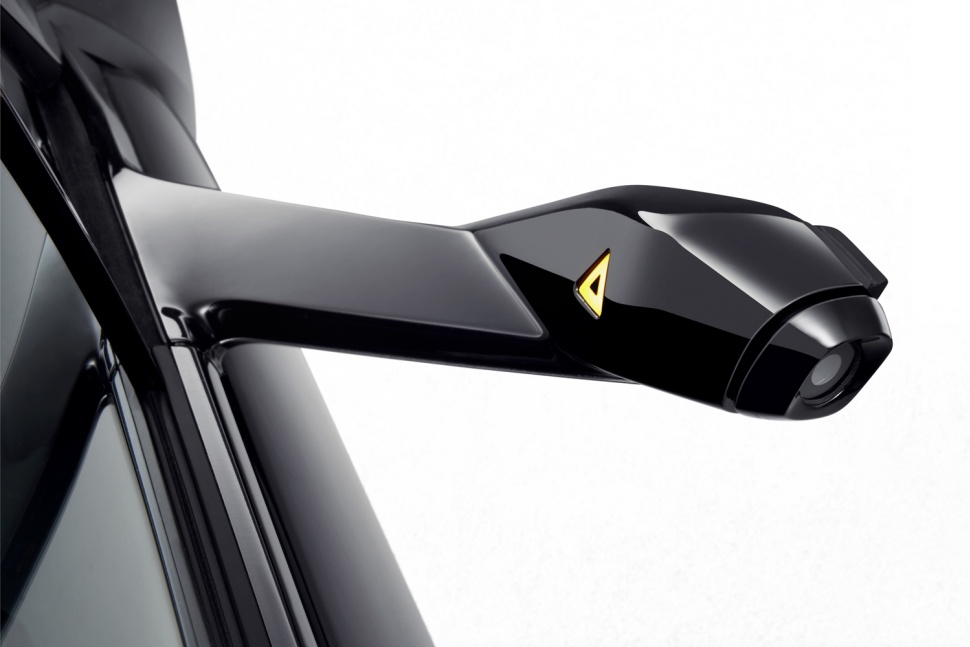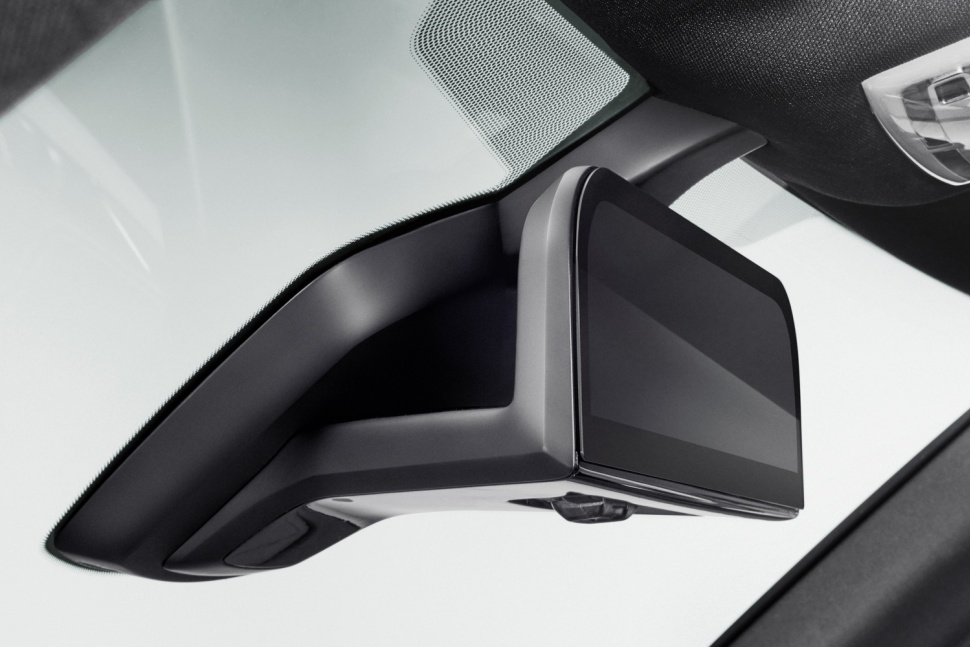
At CES 2016, BMW introduced the i8 Mirrorless concept, which uses cameras and in-car displays to replace conventional rear and side-view mirrors. By stitching the footage together, the technology grants the occupants a panoramic, unobstructed view of their surroundings, which increases awareness, safety, and even convenience as they never have to be adjusted. And by eliminating the bulky housings on the side of the car — the i8 uses slick wing-shaped mounts to hold the cameras — the vehicle becomes quieter and more fuel efficient as well.
BMW’s Senior VP of Electronics, Elmar Frickensteinis, recently hinted to German outlet Focus that the i8’s camera tech could show up in a production vehicle by 2019, and the brand is not alone. Both Nissan and Tesla have experimented with similar systems in recent years, and Cadillac’s Rear Camera Mirror will make its debut on the 2016 CT6, which arrives in dealerships this March.
I recently had the chance to test the big Caddy in Los Angeles, and while I can’t dish out drive impressions until January 26, I found the Rear Camera Mirror fascinating. The wide viewing angle and high-def picture make freeway merging and parking much easier, and you no longer have to worry about obstructed views from tall passengers or luggage. Better yet, if you’d prefer to do it the conventional way (or you just need to fix your hair), simply flip a switch on the bottom and the display becomes a normal auto-dimming mirror again. It really is that easy.

Thankfully, the Rear Camera Mirror won’t be relegated solely to range-topping luxury vehicles, as the system will show up in the 2017 Chevy Bolt, 2017 Cadillac XT5, and presumably many other GM products in the future. After experiencing the technology firsthand, it seems like a no-brainer addition, especially when you consider the possibility of integration with driver assist systems like rear-cross traffic alert and blind spot monitoring.
Are car mirrors really headed for the scrapyard, though? Not just yet, as they will continue to have their place in the entry-level automotive space for some time. But as systems like backup cameras begin to proliferate across automaker ranges, it’s easy to envision a future where reflective glass is left behind. If I’ve learned one thing about this industry over the years, it’s that when it gets its hands on a new piece of tech, it rarely looks back.
